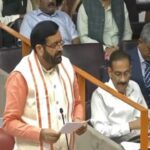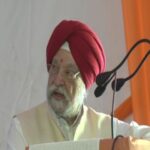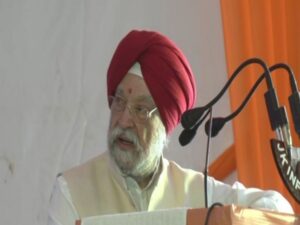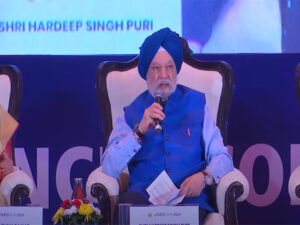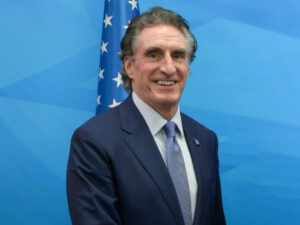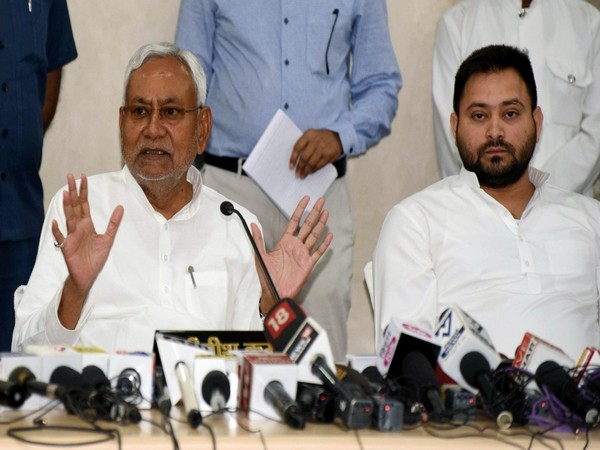
By Siddharth Sharma |
New Delhi [India], August 11 (ANI): Janata Dal-United (JD-U) leader Nitish Kumar was sworn in as the Chief Minister of Bihar for the eighth time after forming a new “Grand Alliance” which includes Tejashwi Yadav’s Rashtriya Janata Dal (RJD) and other Opposition parties. Kumar ended his alliance with the Bharatiya Janata Party-led (BJP) National Democratic Alliance and rejoined hands with RJD.
According to the top source of the Congress from Bihar, the screenplay for the political change in the State was written by a courtesy call. This call was made from Nitish Kumar to Congress Interim President Sonia Gandhi when she was battling COVID-19.
During this call of Nitish Kumar to Sonia Gandhi to inquire about her health, the Bihar Chief Minister referred to the pressure being put on him by the BJP, during his political conversation with Sonia Gandhi and he said that the BJP is trying to break his party. He sought cooperation from Sonia Gandhi for change in Bihar. Sonia Gandhi asked him to contact Rahul Gandhi as well.
However, Kumar gave the responsibility to contact Congress leader Rahul Congress to Tejashwi Yadav. Tejashwi immediately contacted Rahul Gandhi. Notably, Rahul Gandhi agreed to be in touch with the party in-charge of the state Bhakta Charan Das.
After this talks took place and the script for the change was ready. Nitish wanted such a majority so that the BJP could not topple the government by making a dent in it, so remained silent till the figure reached 164 through the Left and Congress and the bet was played as soon as he got the chance.
Meanwhile, BJP leader and former Bihar deputy chief minister Sushil Kumar Modi suggested that the fallout between his party and Nitish Kumar could be linked to the Bihar chief minister’s desire to become the country’s vice president.
Kumar parted ways with the BJP alleging that the party was trying to break the JD(U), and joined hands with the political opponents RJD in the Mahagathbandhan on Tuesday. Speculation was rife regarding his future with suggestions of his ‘national ambitions’ doing rounds in the political sphere. Kumar was a long-time BJP ally before snapping ties in 2013. He later joined hands in 2017. Kumar said that there was a unanimous decision in the party meeting in the morning “to break off ties”.
JD-U and BJP had fought the 2020 assembly polls together and Nitish Kumar was made the chief minister of the alliance though the BJP had won more seats. Nitish Kumar‘s ties with BJP stretched to over two decades and he was a minister in the Atal Bihari Vajpayee government in 1996.
JD-U leaders indicated that factors including the developments related to the exit of RCP Singh from the party had soured the ties with BJP. JD-U leaders have also been chaffing at the role of Lok Janshakti Party (Ram Vilas) leader Chirag Paswan during the 2020 assembly polls and have indicated that his putting up candidates from seats contested by the party had damaged it.
JD-U and RJD had fought the 2015 Bihar polls together. JD-U has 45 and the RJD has 79 MLAs in the 243-member Bihar assembly. JD-U is the third major ally to leave the BJP in the past over three years after Shiv Sena in Maharashtra and Shiromani Akali Dal in Punjab. (ANI)



